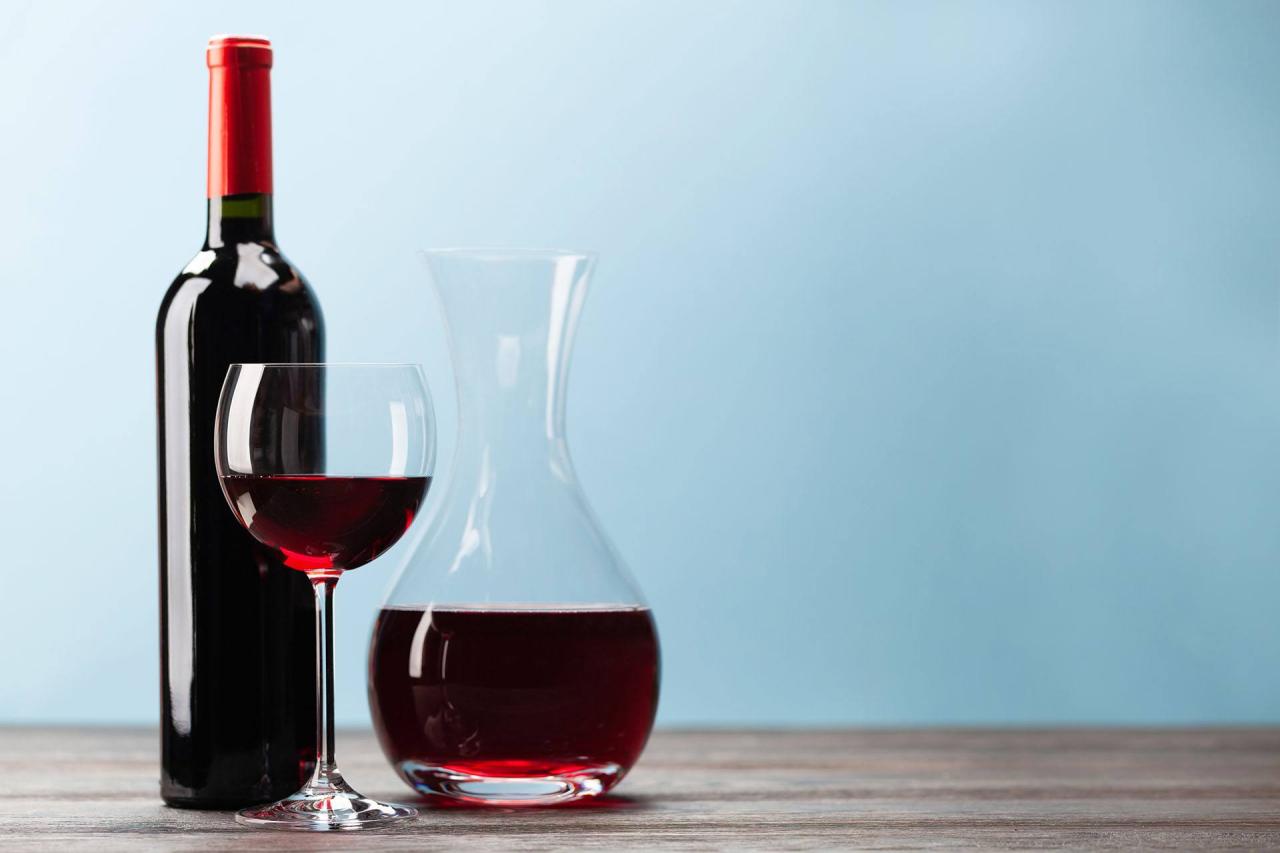It’s guaranteed to offer delicious options to both those with a sweet tooth, as well as to those who prefer zero levels of sugar in their drink. However, when it comes to rating red wines on their level of sweetness, things can get a bit tricky.
In this article, we’ll analyze the red wine sweetness chart while also giving some general information about each type of wine. Make sure to stay with us until the end of the article to find everything you want to know about red wines from dry to sweet.
Red wine sweetness chart
A fermentation process is used in the winemaking process to turn the sugars that are naturally found in the grapes into alcohol. The amount of residual sugar in the wine will decrease as it ferments longer, making the wine more dry overall. In a nutshell, dry wine has little or no residual sugar and the opposite happens in sweet wines.
One misunderstanding about dry wines is that they can make your mouth feel odd when you drink them or dry it out. Actually, this has less to do with the wine being "dry" per se and more to do with the tannin content or the acidity levels. Because both high acidity and tannins provide a drying sensation in the mouth, higher acidity generally makes tannic wines feel rougher and dryer.
Below, you’ll find a list that explains how much sugar is in each wine and how they’re labeled according to it.
Very Sweet - 120+ grams/Liter of residual sugar
(72–130 sugar calories per glass).Sweet - 35 - 120 grams/Liter of residual sugar
(21–72 sugar calories per glass).Off-Dry - 17 - 35 grams/Liter of residual sugar
(6–21 sugar calories per glass).Dry - 1 - 17 grams/Liter of residual sugar
(0-6 sugar calories per glass).Bone-Dry - <1 gram/Liter of residual sugar
(<1 sugar calories per glass).
Get updates on the latest posts and more from Wine Bugle straight to your inbox.
Red Wines Sweet to Dry List
WineFolly has created a genius wine sweetness chart that perfectly sums up all the different styles of red wines according to their level of sweetness. While many factors can play a role on the overall impression that a wine leaves, including residual sugars, tannins, acidity, time spent in barrel, aging and whether a wine is fortified or not, we’ll go through the main styles and some characteristic wines that you can try if you want to experience each type.
Here's a table for quick reference to make it easy for you:
| Dryness | Wines |
|---|---|
| Very sweet | Tawny Port, Vin Santo Rosso, Ice Wine |
| Sweet | Port, Banyuls, Maury |
| Semi-sweet | Lambrusco, Bracchetto D'Acqui, Recioto della Valpolicella |
| Dry - Fruit sauce and vanilla | Shiraz, Monastrell, Malbec, Nero D'Avola, Primitivo, Zinfandel, American Grenache |
| Dry - Ripe fruit and spices | Garnacha, Amarone della Valpolicella, Cotes du Rhône, Beaujolais, Burgundy, French Syrah, French Merlot, Trincadeira, cool climate Cabernet Franc |
| Dry - Vegetables and herbs | New world Sangiovese, Carménère , Cabernet Franc, Lagrein, Cool climate Cabernet Sauvignon |
| Bone dry - Savory flavors | Chianti, Bordeaux, Tempranillo, French Mourvèdre, Aglianico, Italian Barbera, Montepulciano |
| Bone dry - Bold bitter finish | Tannat, Nebbiolo, Sagrantino, French Malbec |

Very sweet red wines
Very sweet red wines include some Port wines, like Ruby and Tawny Port, and, of course, Vin Santo Rosso. These wines are also known as dessert wines and are typically served after a meal.
These not dry red wines are fortified, which means that extra alcohol is added to the wine, and have a greater alcohol concentration than other types.
Dessert wines can be served with sweets, dried fruit or a cheese plate, but many of them can be enjoyed on their own.
Sweet red wines
Sweet red wines contain less residual sugar than very sweet ones, but they are still fortified, which means high ABVs and sweetness levels.
Some characteristic wines of the style are Ruby Ports, Maury and Banyuls wines. Port wines can be made from a blend of indigenous Portuguese varieties so their taste might vary from bottle to bottle but they generally taste like raspberries, blueberries, caramel and chocolate. This means that they pair perfectly with chocolate and caramel desserts and even rich flavored cheeses.
Maury and Banyuls wines are made mostly of Grenache grapes and taste like strawberry and prune jams, chocolate with a prominent earthy tone. In general, these wines go best with chocolate based desserts.
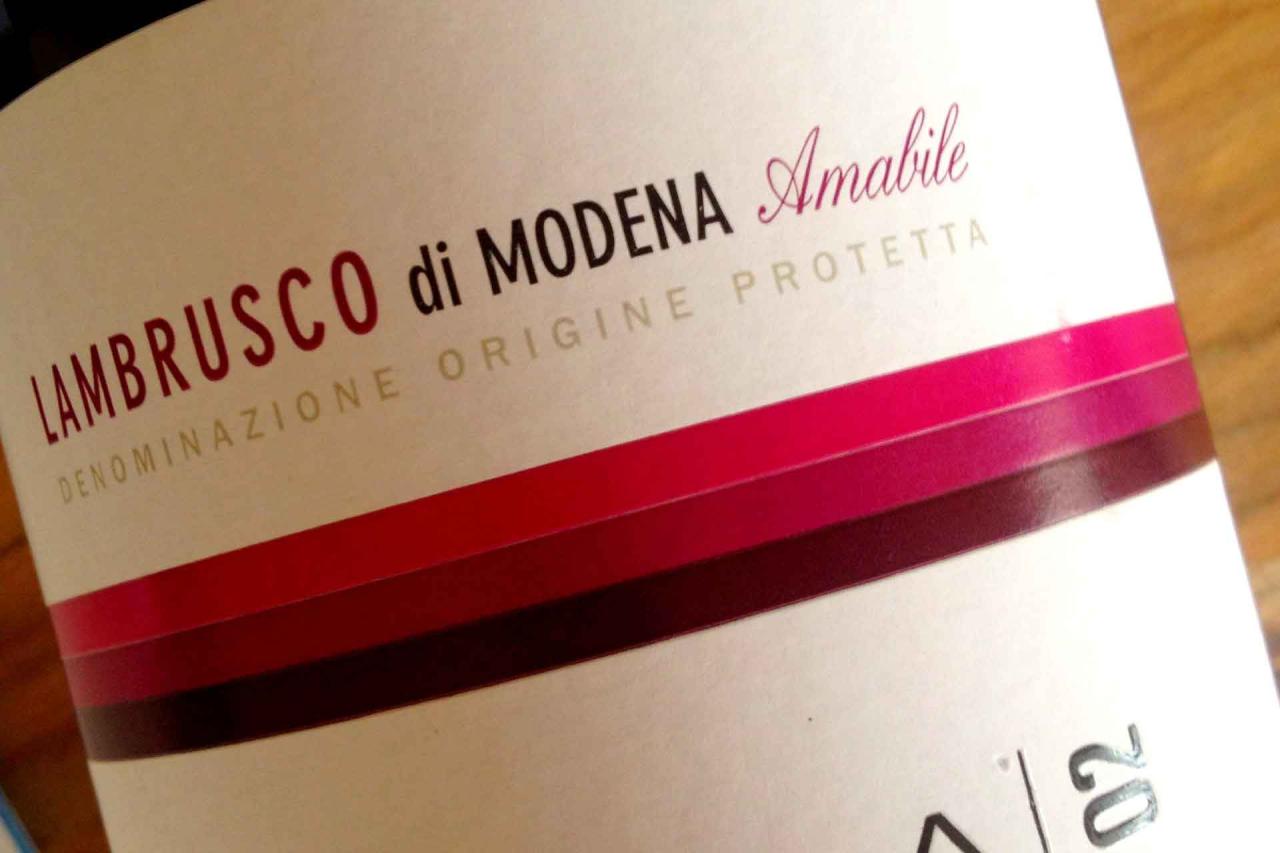
Semi-Sweet Red Wines
When it comes to sweetness, semi-sweet red wines fall somewhere in the middle. Not too dry, and not too sweet.
Lambrusco is an Italian native variety that creates lightly sparkling fruity reds with tasty red berry tastes and delicate freshness. This Italian red wine is food-friendly and just the right amount of sweet and also has a high acidity level, indicating that the wine's residual sugars are well balanced.
Brachetto D'Acqui and Recioto della Valpolicella are also Italian semi sweet wines with soft and fruit forward flavors that can be enjoyed as an aperitif or paired with fruit platters or desserts.
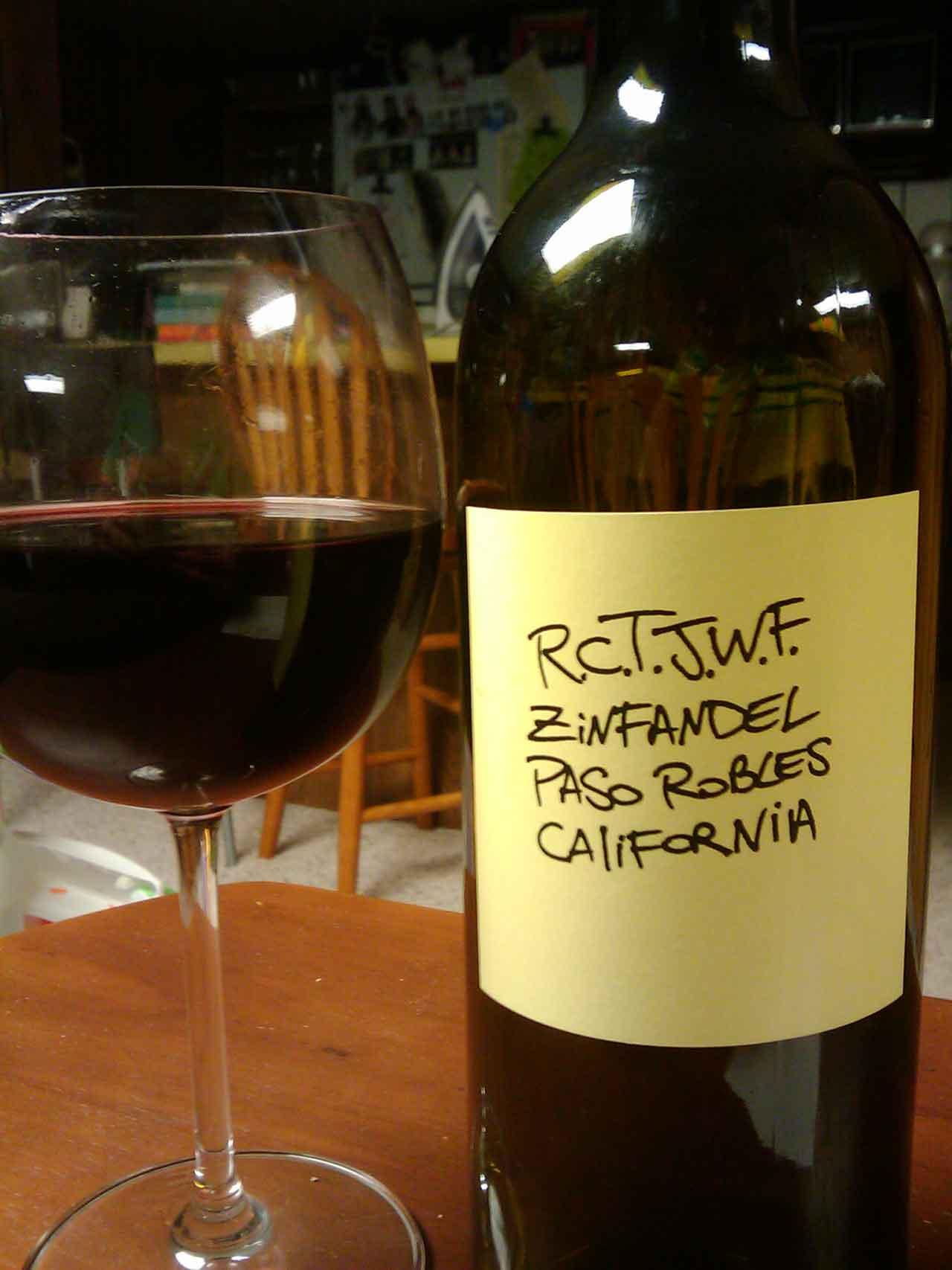
Dry red wines - Fruit sauce and vanilla
Dry red wines can be broken down in three main categories. The first one is for dry reds who are reminiscent of fruit sauce and vanilla. Australian Shiraz is a characteristic wine in this category that tastes like dark fruits and liquorice.
Monastrell wines have a deep, vibrant cherry red color; a fresh aroma with some balsamic notes, tons of ripe fruit, and jams that are all harmoniously integrated with a spicy quality.
Malbec has strong blackberry, red plum and vanilla notes. Nero d'Avola is a robust wine with notes of black cherry, prune, black plum, and licorice.
Primitivo, the Italian name for Zinfandel, is very fruit forward with a jam quality, naturally high in alcohol and sweet.
Finally, American grown Grenache is spicy, berry-flavored and soft on the palate with red fruit flavors and a subtle, white pepper spice note. All these wines have a spicy quality to them making them a perfect match for strongly flavored dishes like BBQ or spicy Asian meals.
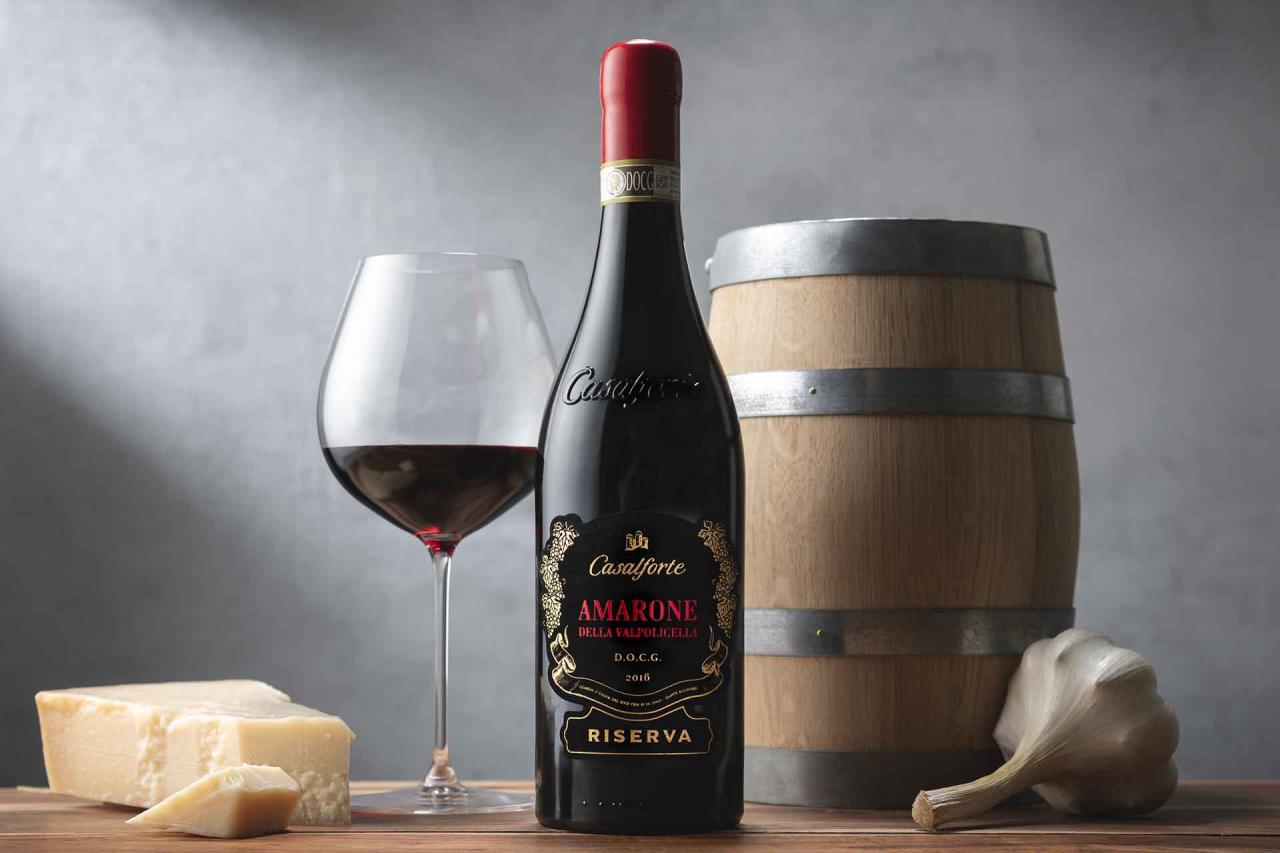
Dry red wines - Ripe fruit and spices
The next category is for dry reds that are more reminiscent of ripe fruits and spices. Garnacha, the Spanish version of Grenache, has fruit notes, especially raspberry, that are rich, peppery, and intense. Wines from really hot climates might undoubtedly have some warmth and cooked fruit flavors.
Amarone della Valpolicella is the dry version of Recioto della Valpolicella that we mentioned earlier. The main flavors of this wine are black cherry, brown sugar, and chocolate.
North Côtes du Rhône red wine is robust, almost creamy, and has a somewhat peppery aftertaste.
Other dry red wines with similar qualities include Beaujolais, Burgundy blends, French grown Syrah and Merlot, Trincadeira and cool climate Cabernet Francs.
All these wines have spicy qualities which means that they make great matches for grilled meats and vegetables, or rich pasta dishes like beef stroganoff.
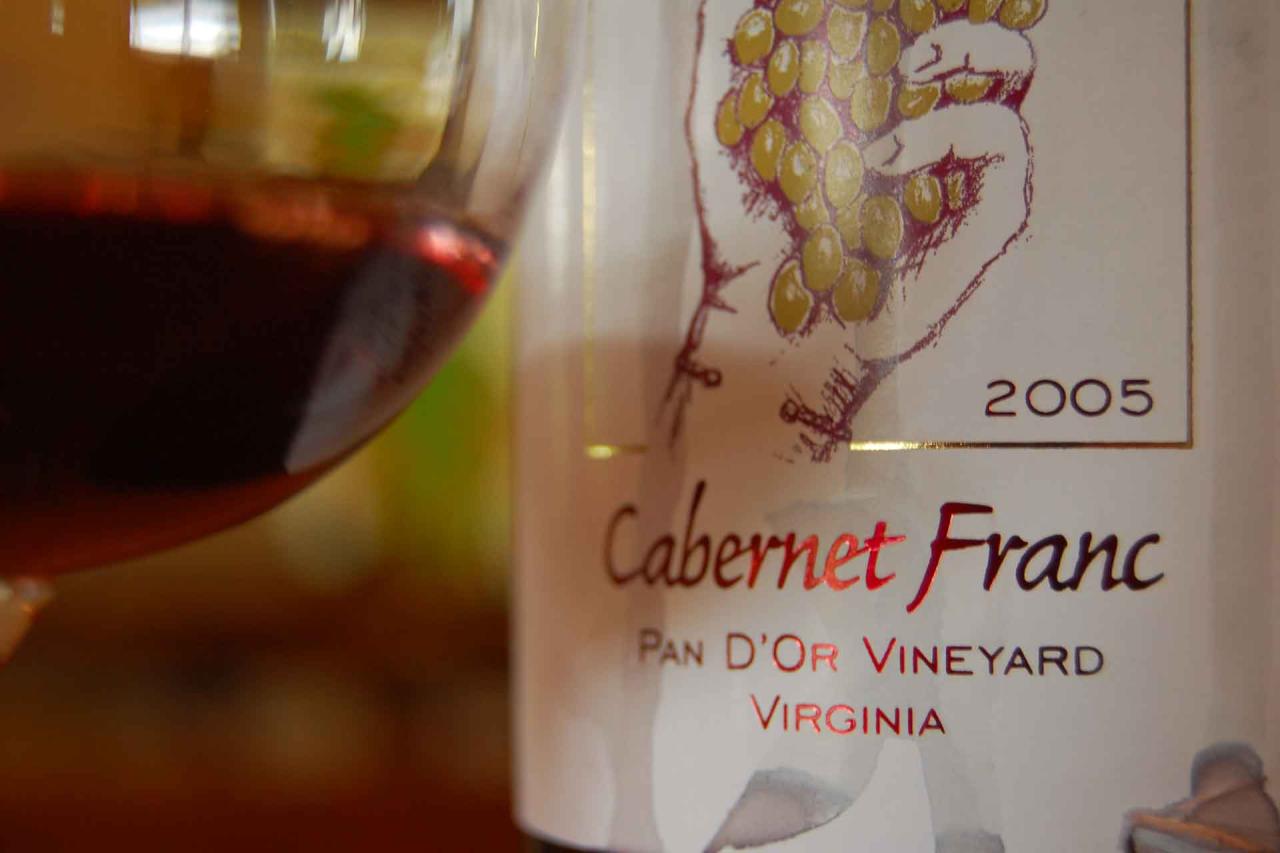
Dry red wines - Vegetables and herbs
The final category for dry red wines includes those who have strong herbal and vegetal notes. Cool climate Cabernet Sauvignon is a characteristic example of this category because it features prominent notes of green bell pepper and mint. Sangiovese wines made in the countries of the New World also share the same mint-like quality.
The majority of Carménère wines have distinctive smells of raspberry sauce, sour cherry, green peppercorn, and a minerality resembling granite.
Other varieties that belong in this category are Cabernet Franc and Lagrein.
Due to their qualities, all these wines perfectly complement roasted meats, from chicken to prime rib. We do recommend not pairing them with pasta or rice based dishes because the starches in the meal won’t pair well with the minerality of these wines.
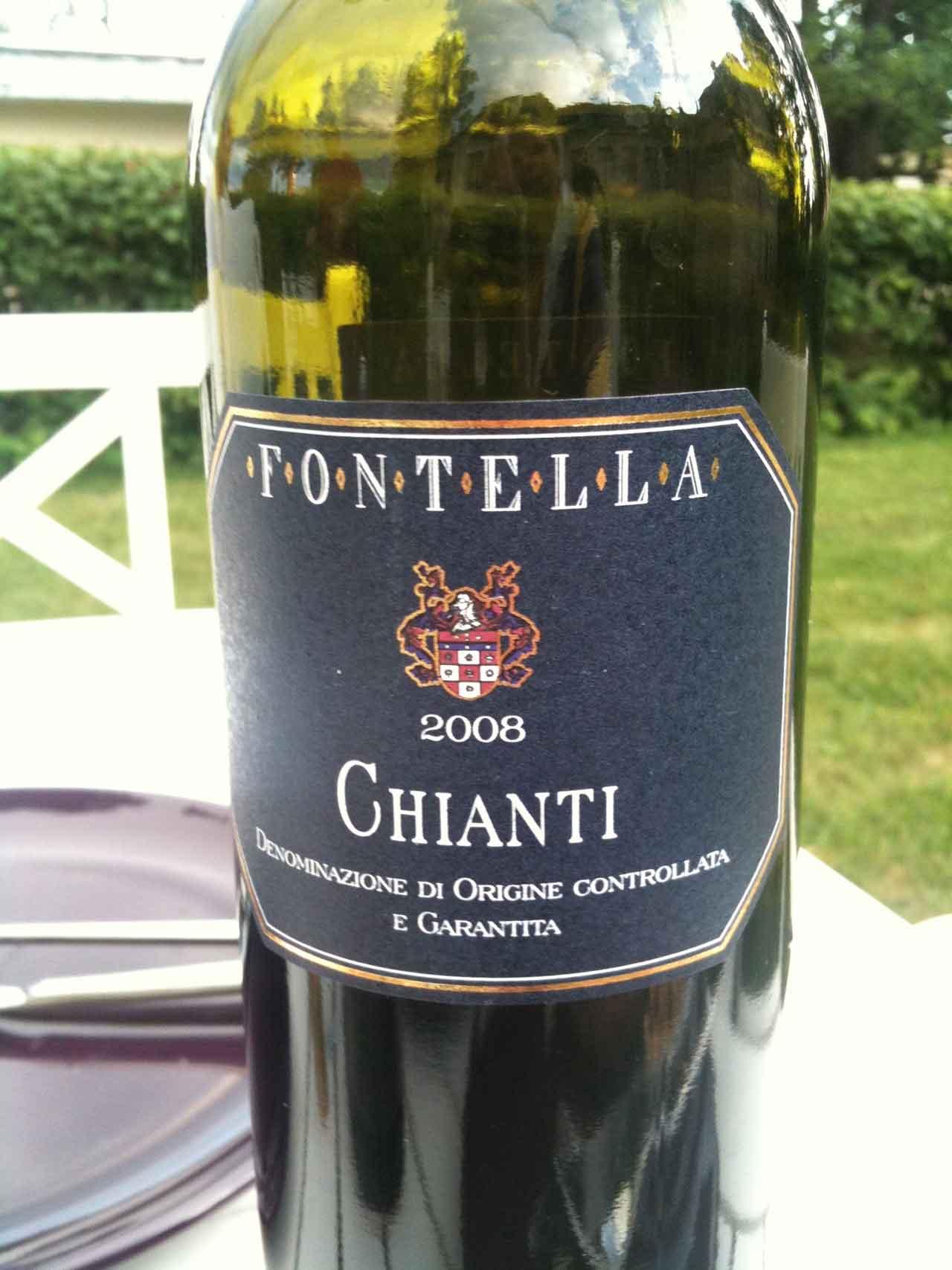
Bone dry red wines - Savory flavors
We are almost at the bottom of this red wine dryness chart. Bone dry wines are the last category for how wines rate in terms of sweetness. The first subcategory is for bone dry reds with prominent savory flavors.
Chianti wines, made from the Sangiovese grape are typical of the category. While they do have some cherry flavors, their characteristic aromas and tastes include balsamic vinegar and smoke.
Bordeaux blends also belong in this category. These medium to full-bodied wines have strong black currant and plum scents, as well as an earthiness that reminds one of wet dirt or pencil lead.
Other wines that belong in this category include Tempranillo, French Mourvèdre, Aglianico, Italian Barbera and Montepulciano. These wines will pair perfectly with meat based dishes. Wines that are naturally high in terms of acidity like Chianti will also pair nicely with tomato based sauces and even pizza.
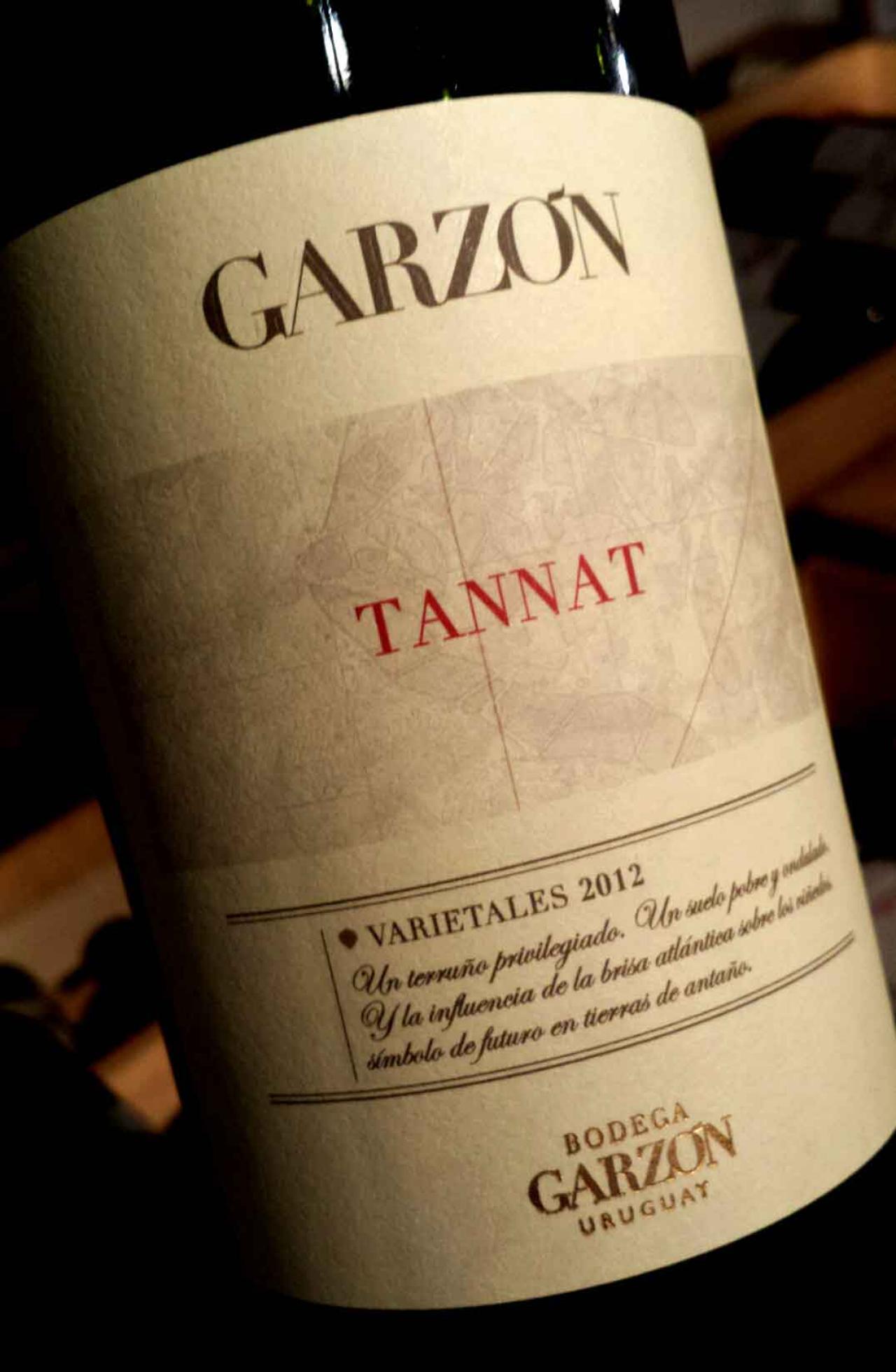
Bone dry red wines - Bold bitter finish
Reaching the end of the article, this is our final subcategory with the least dry red wine.
Some bone dry wines can have more of a bitter finish to them than a savory one. These wines are made from grapes that are naturally high in tannins and need time to age for them to be enjoyed properly.
The first example of these wines is Tannat. Full-bodied, high in acidity and tannins. Red and black fruit aromas are there but the characteristic notes of the wine are black licorice, vanilla, dark chocolate, espresso, and smoke, cardamom and brown spice.
Nebbiolo is also a very tannic and acidic wine that falls into this subcategory, with characteristic aromas of rose, leather, clay and anise.
Other wines that belong here are Sagrantino and French Malbec. Since these wines are highly tannic you’ll want to pair them with fatty meals that can balance out the “aggressiveness” of the tannins. We recommend beef tenderloin, pork sausages or full fat cheeses like feta.
Conclusion
We hope that this article has helped clarify things when it comes to the red wine sweetness chart. Since there are over 10,000 varieties of wine grapes in the world, we only covered some of the basic and more popular ones, so we welcome you to use this article as a guide while you do any extra studying for your favorite variety.
You made it this far and now you know about red wines and their sweetness/dryness. You might find interesting also this twin article about white wines sweetness/dryness.
Photo credits Jameson Fink, @joefoodie, Southern Foodways Alliance, Sami Keinänen

